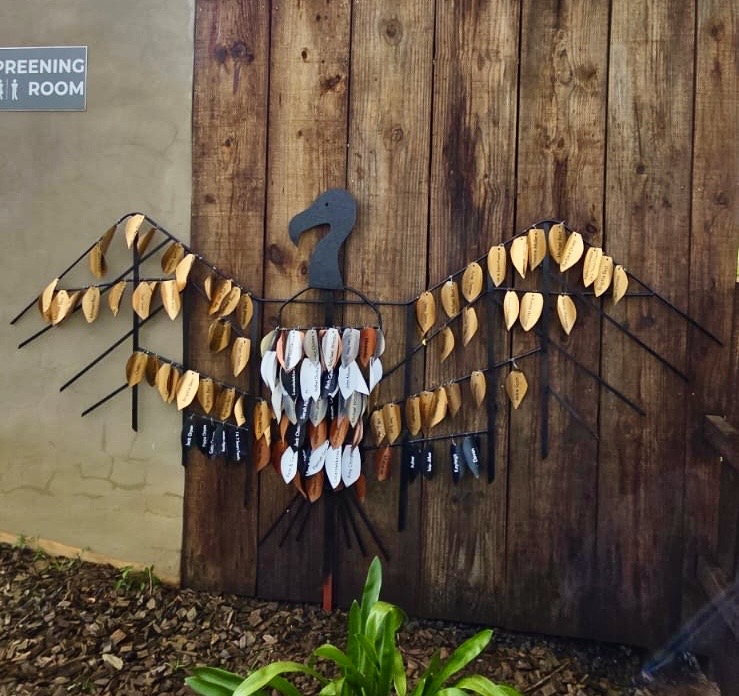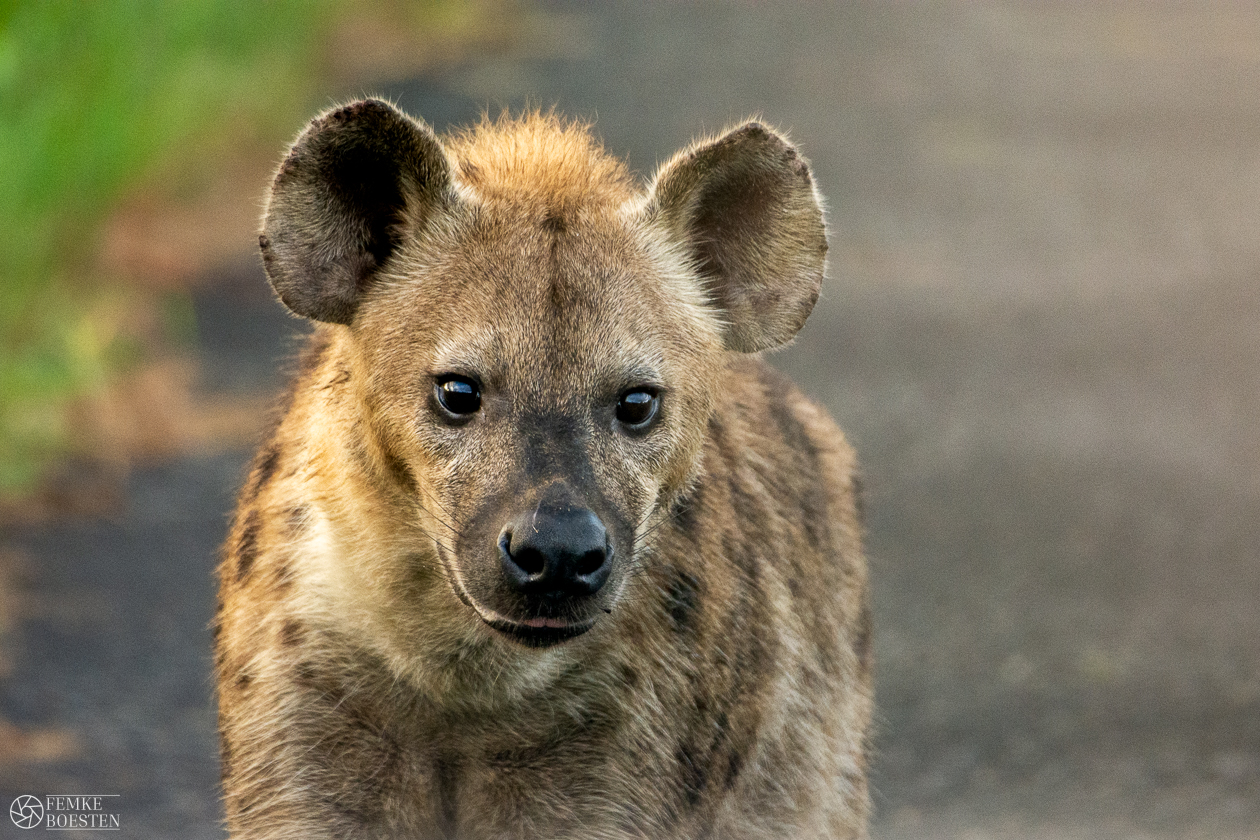Wildlife ACT and partners are excited to kick off the East Coast Humpback Whale Survey conducted during July and August at Cape Vidal (Eastern Shores section of the iSimangaliso Wetland Park), in partnership with the iSimangaliso Wetland Park, WILDOCEANS, University of Pretoria - Mammal Research Institute, Cape Peninsula University of Technology and Ezemvelo KZN Wildlife.

The Survey of the humpback’s northward migration along the coast of KwaZulu-Natal and the east coast of Africa, will contribute to research on population trends, estimate overall whale numbers and group sizes, and aid researchers to better understand whale densities, migration speed, bearing and distance offshore. The long-term dataset generated will also provide a unique tool for monitoring the effects of potential impacts, such as boat-based whale watching, shipping, pollution, climate change, fisheries, and oil and gas exploration.

The Whale Survey monitoring effort is immense with ten observation hours per day spent in the two whale spotting towers for 42 consecutive days. These observation sessions are slightly weather and visibility dependent. The first training day up in the towers already brought positive sightings of foraging dolphin pods and whale groups moving north.
The beginning of winter marks the time for large whale encounters around the coast of Southern Africa. The most prominent of these along the coastline of KwaZulu-Natal being that of the Humpback Whale (Megaptera novaeangliae). The Humpback Whale is easily recognised by its large pectoral fins that can reach a length of up to five meters. As they continue their migration northwards to the warmer tropical waters, large groups of Humpbacks can be signified by various surface water displays, such as fin slapping, tail slapping, chin slapping and of course the magnificent breach.

These surface displays can form part of developing the social hierarchy of the whales in which large groups of males (up to 12 or more individuals) will follow a single female in an endurance race to win the prize of genetically contributing to the future generation of Humpback Whales. Social hierarchy is only one motive for surface displays; it is also significant for communication, skin sloughing (shedding dead dermal tissue cells) and parasite removal.
Every year Humpback Whales make the long journey from the colder Antarctic waters along the South African shoreline to breed and calve in the warmer waters off the coast of Mozambique and Madagascar. This is thought to be due to the calmer waters in the tropics compared to higher latitude seas and the absence of their main predators, Killer Whales (Orcinus orca) which allow for greater energetic growth benefits to the calves.

We are excited to yet again be one of the contributing partners in this year’s East Coast Humpback Whale Survey!





.jpg)





